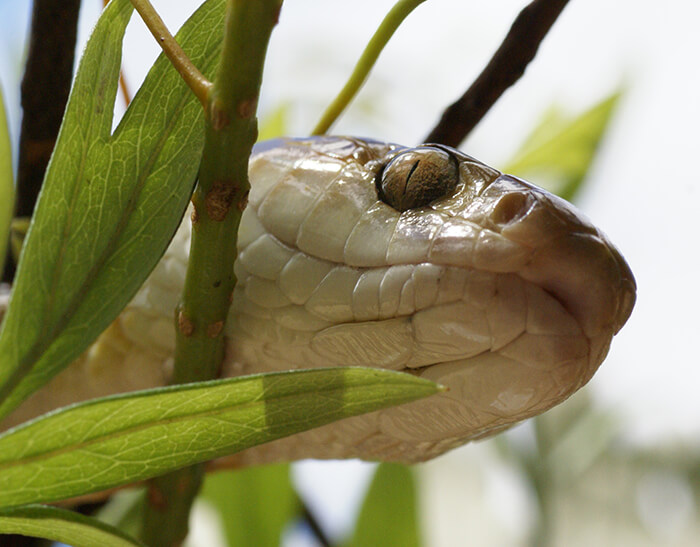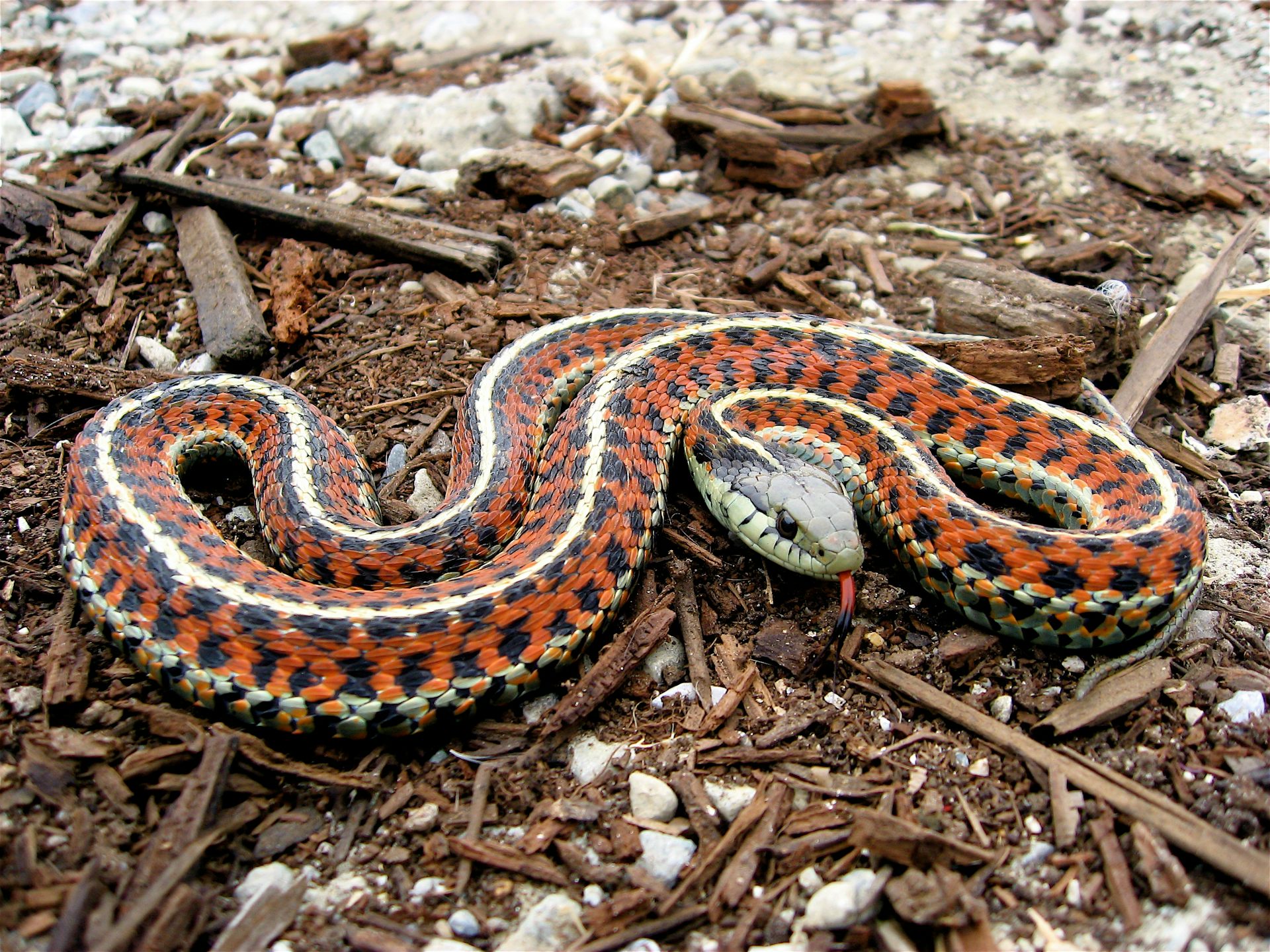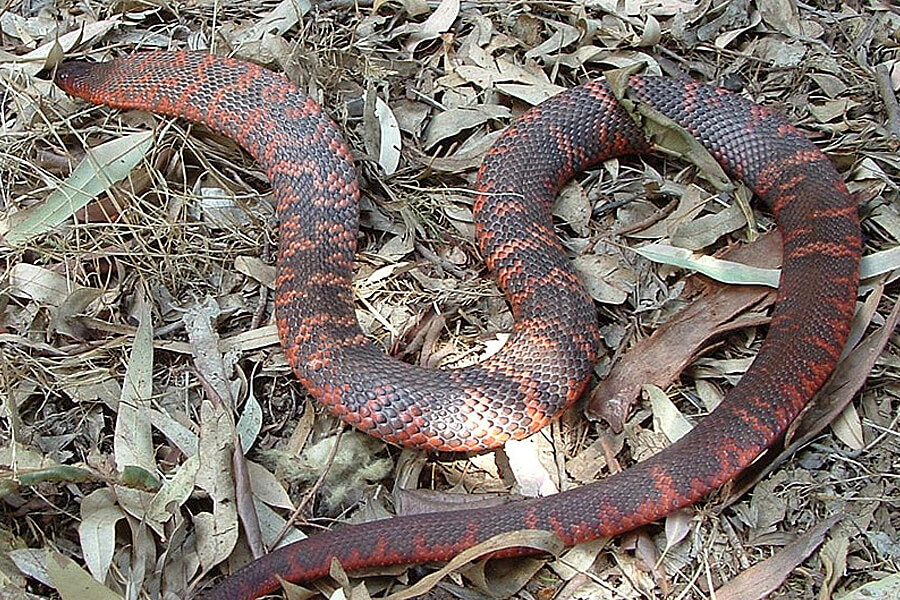Introduction
Tiger serpents (Notechis scutatus) are among one of the most remarkable yet been afraid reptiles located in Australia. With their striking look and powerful venom, these serpents evoke a mixture of awe and caution. Observing tiger snakes in their natural environment can be an electrifying experience for nature enthusiasts, wild animals photographers, and researchers alike. Nonetheless, it's critical to approach this venture with regard for the pet's habitat and an understanding of precaution to avoid serpent bites.
In this extensive guide, we'll explore exactly how to securely observe tiger serpents in their all-natural environment. We will cover topics varying from recognizing their habits and habitats to emergency treatment for snake attacks-- outfitting you with understanding to enhance your experience while reducing risks.
What is a Tiger Snake?
Tiger snakes are extremely poisonous snakes belonging to Australia, especially Tasmania and coastal areas. They are understood for their unique banded pigmentation appearing like a tiger's stripes, which can range from yellowish-brown to dark brown or even black.
Physical Characteristics
Tiger serpents are medium to large-sized snakes that can grow up to 2 meters long. Their bodies are robust, and they have a wide head that is clearly wider than their necks.
Habitat Preferences of Tiger Snakes
These https://connerpoom.bloggersdelight.dk/2024/11/22/snake-bite-first-aid-what-to-do-when-every-second-counts-8/ reptiles commonly occupy wetlands, estuaries, and seaside regions however can also be discovered near freshwater sources like rivers and lakes. Understanding where these serpents live is essential for any person wanting to observe them safely.
Understanding Tiger Snake Behavior
Are Tiger Snakes Venomous?
Yes, tiger snakes are among one of the most venomous snake varieties internationally. Their poison has neurotoxins that can lead to significant clinical difficulties if bitten.
Behavioral Traits
Tiger serpents are typically shy animals; they like to avoid human communication. However, they can come to be aggressive if intimidated or cornered.
Where Can You Discover Tiger Snakes?
Tiger Snake Habitat Exploration
To securely observe tiger serpents in their natural environment, it's important initially to recognize where they brown snakes prosper. They have a tendency to favor:
- Coastal marshlands Mangroves Swamps Riverbanks
Best Areas for Observation
Some suggested places include:

- Tasmanian wetlands The coastlines of southern Australia National parks with water bodies
Safety Preventative measures Prior to Observing Tiger Snakes
Understanding the Threats of a Tiger Serpent Bite
Although encounters with tiger serpents can be thrilling, understanding the dangers involved is vital:
Recognize symptoms of a serpent bite: swelling at the site, discomfort emitting from the bite area. Know emergency situation calls: Acquaint on your own with local emergency services. Carry a first-aid kit especially outfitted for snake bites.First Help for Serpent Bites: What You Need to Know
Knowing what steps to take if bitten can conserve your life or someone else's:
- Stay tranquility; activity increases poison spread. Call for clinical assistance immediately. Do not apply ice or attempt suctioning.
How to Safely Observe Tiger Snakes in Their Natural Habitat
When you choose to observe tiger serpents in the wild:
Dress Appropriately: Wear lengthy trousers and durable boots. Use Binoculars: Maintain a risk-free distance while observing these reptiles. Avoid Abrupt Movements: Quick activities may shock them. Stay on Established Trails: Stay clear of roaming into dense underbrush where visibility is low.Equipment Required for Observation
Essential Equipment Checklist
- Binoculars First-aid kit especially developed for serpent bites Field manual on Australian reptiles Camera (with zoom capacity)
Snake Bite Emergency treatment Set Essentials
A well-appointed first aid kit must consist of:|Thing|Purpose|| -------------------------------|-------------------------------|| Compression bandage|To paralyze the afflicted location|| Antihistamines|For allergies|| Emergency situation contact numbers|Quick access throughout emergency situations|

Interpreting Tiger Serpent Signals
Understanding exactly how tiger serpents interact with body language helps onlookers gauge when it's secure or dangerous:
Common Behaviors
Defensive pose: If curled or raised off the ground. Retreating behavior: When they slowly retreat from potential threats.Dealing With Possible Encounters
Even with safety measures taken, an experience might still take place throughout your observation trip:
Remain calmness; panicking just increases risks. Slowly pull back without transforming your back on the snake. Make your presence recognized vocally yet prevent unexpected movements. Australian snake habitatsFrequently Asked Concerns Regarding Tiger Snakes
1. What need to I do if I see a tiger snake?
Remain calmness; observe from a distance without disturbing it.
2. Are baby tiger snakes dangerous?
Yes, juvenile tiger snakes are birthed venomous and might pose threats similar to grownups regardless of being smaller.
3. Just how common are tiger serpent bites?
While occurrences take place yearly in Australia, fatalities are rare because of timely therapy availability.
4. Can I maintain a tiger serpent as a pet?
Keeping wild tiger serpents as animals is unlawful in many regions due to preservation laws.

5. What does a tiger snake attack appearance like?
Bite marks typically show 2 puncture injuries in addition to local swelling and discoloration.
6. Just how efficient is antivenom?
Antivenom therapy is very reliable when provided prompt after a bite.
Conclusion
Observing tiger snakes in their all-natural habitat offers an exciting opportunity for wildlife fans but need to be come close to with caution and respect for both the animal and its setting. By equipping on your own with understanding concerning these fascinating reptiles-- including comprehending their actions and precaution-- you can appreciate memorable experiences while substantially minimizing risks related to encounters.
In recap, constantly prioritize safety by preparing sufficiently before starting any kind of wildlife observation expedition-- especially when handling a few of nature's most poisonous creatures like the tiger snake!